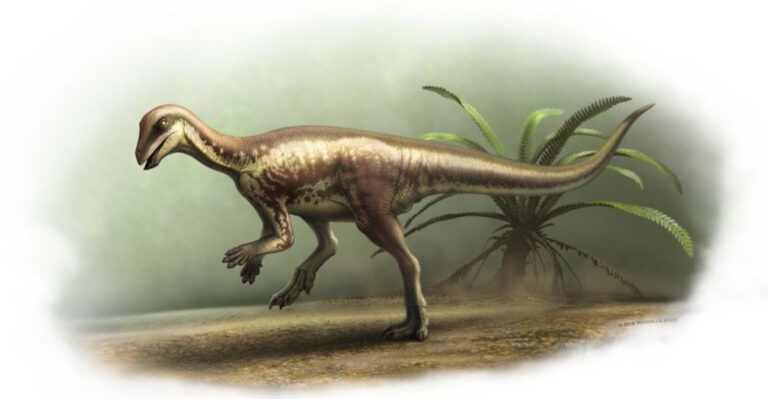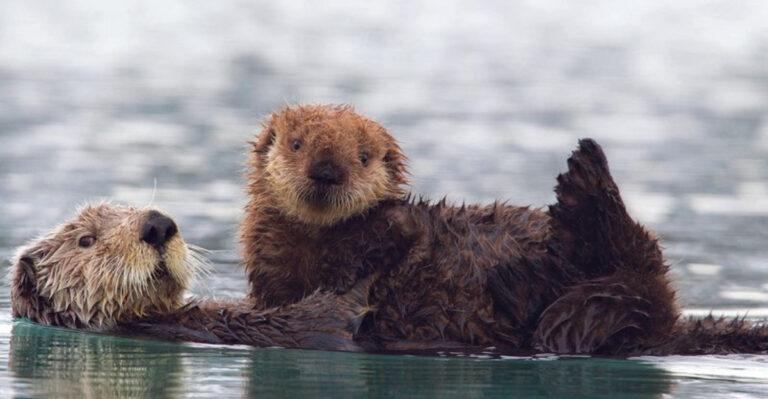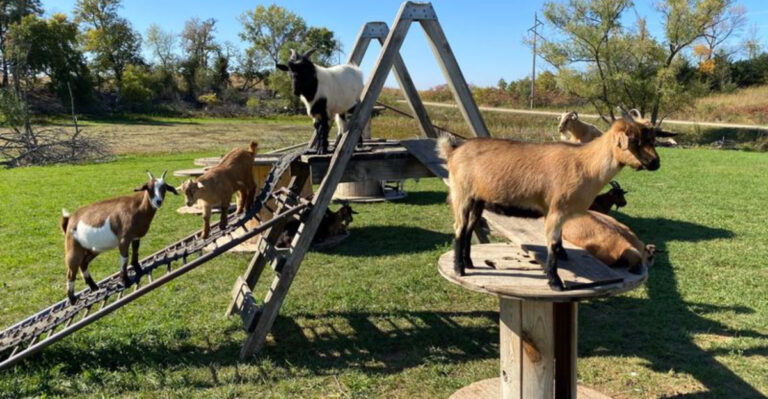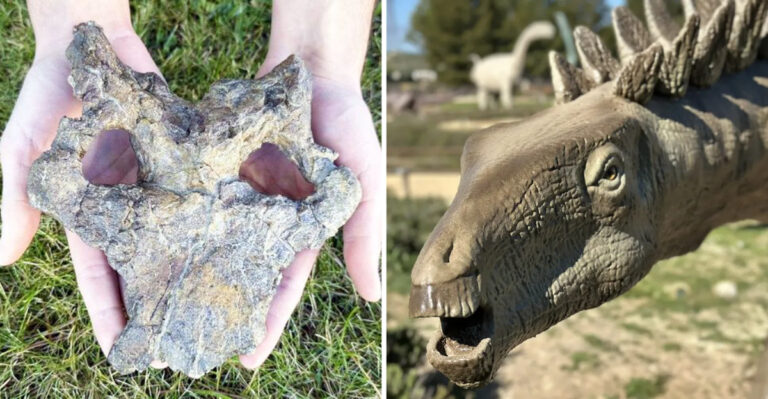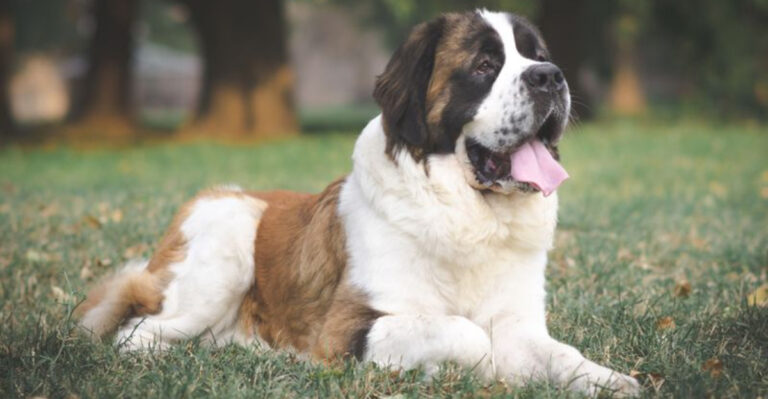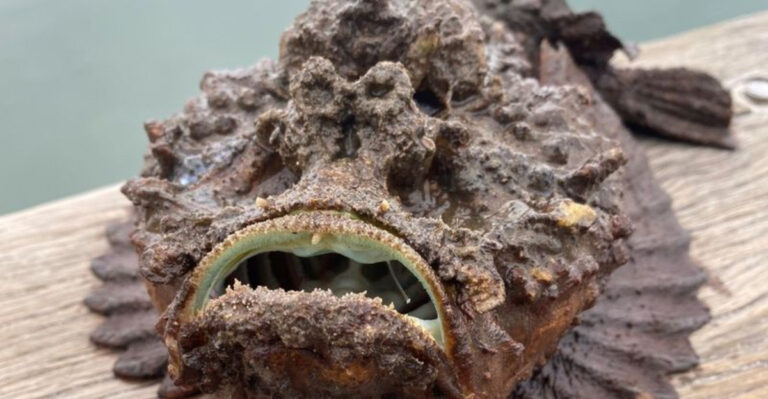The Extinction Album: 15 Animals Lost Within Our Lifetime

When an animal species disappears forever, we lose more than just a creature – we lose a unique piece of our planet’s puzzle.
Over recent decades, human activities like habitat destruction and climate change have pushed many animals to extinction. These 15 creatures vanished during our lifetime, each representing a profound loss to Earth’s biodiversity.
1. Pinta Island Tortoise (Chelonoidis abingdonii)

The world watched as Lonesome George, the last of his kind, took his final breath in 2012. For decades, this gentle giant lived in solitude at the Galápagos National Park.
Conservation efforts came too late for this ancient lineage that had survived for millions of years only to be wiped out by hunting and invasive species.
2. Western Black Rhinoceros (Diceros bicornis longipes)

Majestic and powerful, these magnificent creatures once roamed Central Africa’s savannas. Declared extinct in 2011, their downfall came from relentless poaching for their horns.
Valued in traditional medicine despite being made of keratin (like human fingernails), these rhinos vanished while conservation efforts struggled against organized crime networks.
3. Spix’s Macaw (Cyanopsitta spixii)

Remember the vibrant blue parrot from the movie “Rio”? That character was based on this stunning bird, now extinct in the wild since 2000.
A handful survive in captivity, victims of habitat loss and illegal pet trade. Their brilliant azure feathers couldn’t save them from the destruction of Brazil’s caatinga woodlands.
4. Baiji Dolphin (Lipotes vexillifer)

Known as the “Goddess of the Yangtze,” this freshwater dolphin disappeared quietly in 2006. Scientists declared it functionally extinct after extensive surveys found none remaining.
Industrial pollution, dam construction, and heavy river traffic silenced the clicks and whistles of these pale, long-beaked dolphins forever, despite being revered in Chinese culture for centuries.
5. Golden Toad (Incilius periglenes)

Brilliant orange males once gathered by the thousands during mating season in Costa Rica’s cloud forests. Then suddenly in 1989, they vanished completely.
Their disappearance became one of the first extinctions linked to global climate change. These tiny amphibians, barely the size of a human thumb, became powerful symbols of our changing planet.
6. Pyrenean Ibex (Capra pyrenaica pyrenaica)

Celia, the last Pyrenean ibex, died in 2000 beneath a fallen tree. Scientists attempted something revolutionary – they cloned her.
The clone survived just seven minutes due to lung defects. These magnificent mountain goats with their sweeping horns once navigated Spanish mountain ledges with ease before hunting and habitat competition eliminated them.
7. Poo-uli (Melamprosops phaeosoma)

Hawaii’s forests fell silent when this unique honeycreeper vanished in 2004. With a distinctive black face mask and specialized curved bill, it evolved over millennia to extract insects from tree bark.
Mosquito-borne diseases, invasive predators, and habitat destruction proved too much for this bird that scientists didn’t even discover until 1973.
8. Christmas Island Pipistrelle (Pipistrellus murrayi)

Weighing less than a penny, this tiny bat disappeared from Australia’s Christmas Island in 2009. Researchers recorded its final echolocation calls as numbers dwindled to a single individual.
Emergency capture attempts came too late. Invasive yellow crazy ants and wolf snakes likely contributed to this minuscule mammal’s demise, silencing its ultrasonic voice forever.
9. Tecopa Pupfish (Cyprinodon nevadensis calidae)

Adapted to survive in scorching desert hot springs, these silver-blue fish disappeared in 1981. Their entire world consisted of just a few acres of thermal pools in California’s Mojave Desert.
When developers modified the springs for bathhouses, the pupfish lost the precise water conditions they needed. Their extinction marked the first species officially removed from the endangered list because none remained.
10. Gastric-Brooding Frog (Rheobatrachus silus)

Mother frogs swallowing their own eggs might sound like a horror story, but these Australian amphibians turned their stomachs into nurseries. After swallowing fertilized eggs, their digestive systems shut down until tiny froglets hopped from their mouths.
This miracle of evolution disappeared in the 1980s before scientists could fully understand their unique biology.
11. Bubal Hartebeest (Alcelaphus buselaphus buselaphus)

Once abundant across North Africa, these elegant antelopes with lyrate horns vanished by the 1920s. Ancient Egyptians domesticated them, featuring them in hieroglyphics and using them for sacrifices.
European colonization brought hunting rifles and habitat conversion. The last known individual died in a Paris zoo, far from the deserts and grasslands where its kind had thrived for millennia.
12. Tasmanian Tiger (Thylacinus cynocephalus)

Benjamin, the last known thylacine, died from neglect in Hobart Zoo in 1936. This remarkable marsupial evolved wolf-like features despite being unrelated to canines – a perfect example of convergent evolution.
Bounty hunting, disease, and habitat loss eliminated these striped predators. Grainy film footage and specimens in jars are all that remain of Australia’s largest carnivorous marsupial.
13. Javan Tiger (Panthera tigris sondaica)

Smaller and darker than their mainland cousins, these island tigers roamed Java’s rainforests until the 1980s. Their extinction slipped by almost unnoticed amid deforestation and human population growth.
Hunters’ traps and rifles claimed the last few as coffee plantations replaced their jungle home. No verified photographs of living specimens exist – just skins and bones in museums.
14. Caribbean Monk Seal (Neomonachus tropicalis)

Columbus himself wrote about hunting these curious seals in 1494. Their trusting nature made them easy targets for sailors seeking meat and oil.
Last sighted in 1952, these playful marine mammals once lounged on beaches from the Bahamas to Mexico. Their extinction marked the only seal species humans have completely eliminated, leaving Caribbean shores forever emptier.
15. Aurochs (Bos primigenius)

Cave paintings capture the majesty of these massive wild cattle that gave rise to modern cows. Standing over 6 feet tall at the shoulder with sweeping horns, they once thundered across Eurasia’s plains.
The last aurochs, a female, died in Poland’s Jaktorów Forest in 1627. Hunting, habitat loss, and competition with domestic livestock drove these icons of prehistoric Europe to oblivion.

